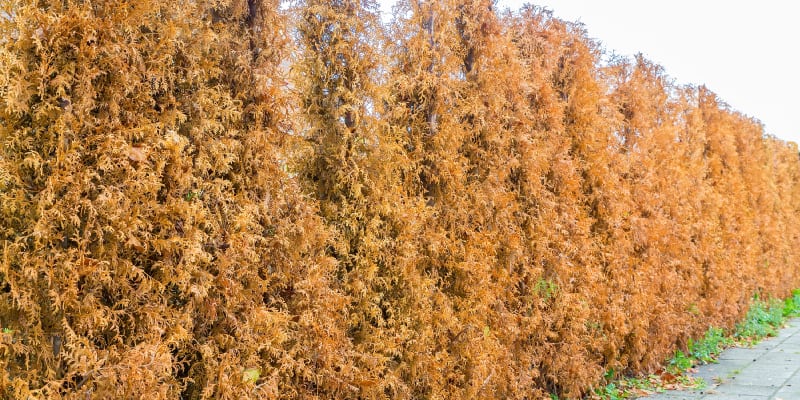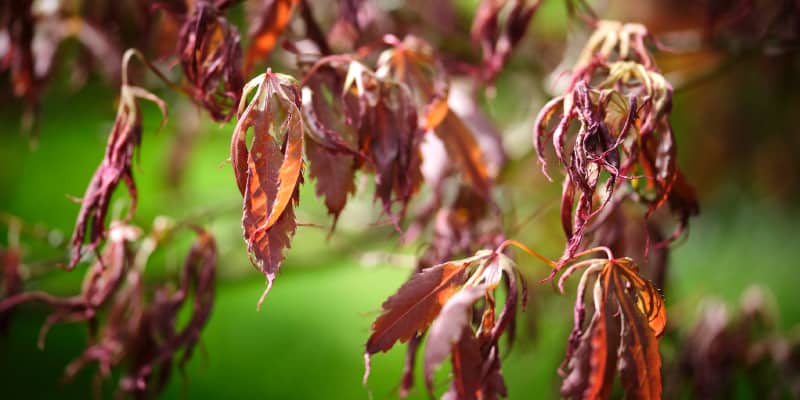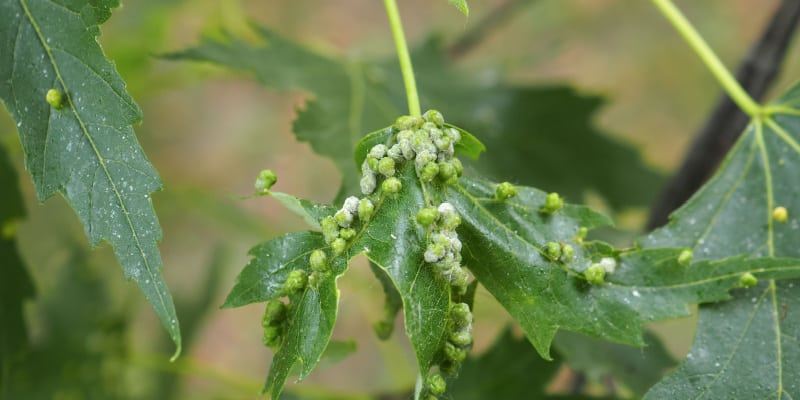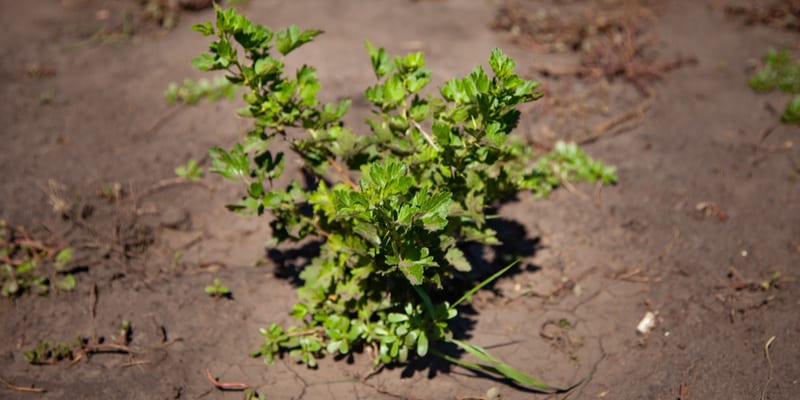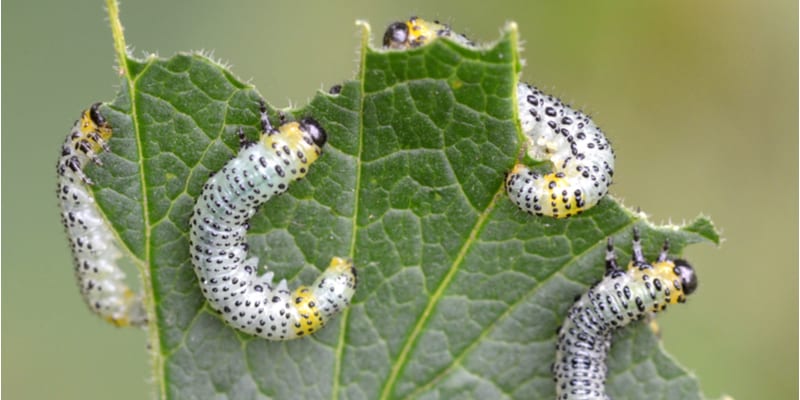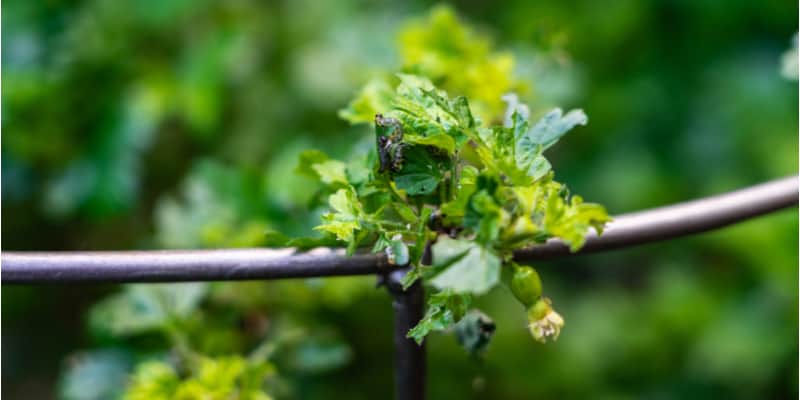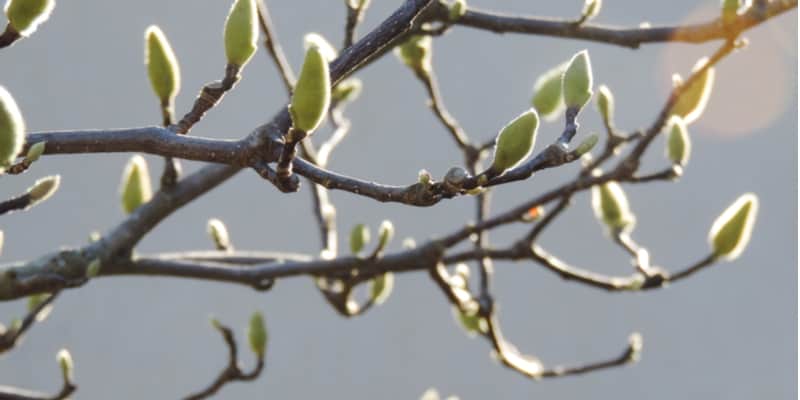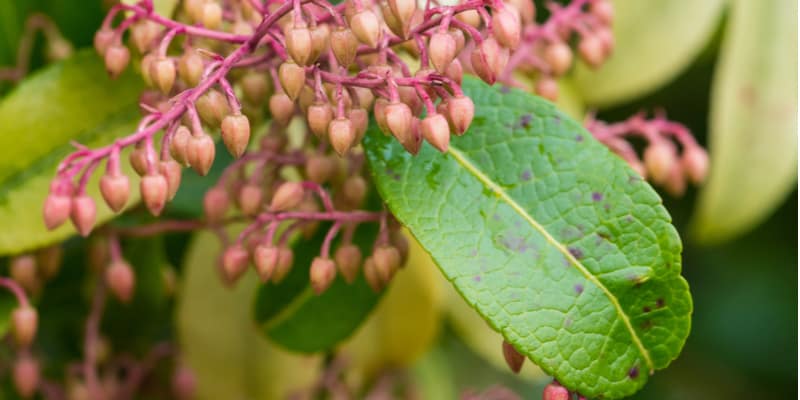How fast do leylandii grow?
Speed of leylandii growth Leylandii, also known as Leyland cypress trees, are the fastest growing conifers. In the early years of this plant, it’s not unknown for the tree to grow between 45cm and 90cm in height per year. Of course, this depends on the leylandii having the best growing conditions possible. Over its lifetime, this Leyland cypress can grow to about 18m to 21m high. This tree is dense, with a broad column at the bottom tapering to a…
